It’s hot to be a Scot

Simply sign up to the Style myFT Digest -- delivered directly to your inbox.
Gregg Boyd has just finished making a batch of fruit slice, a Scottish pastry-based traybake stuffed with spiced currants. He used the classic butter, flour, sugar recipe for the regionally renowned sweet treat, but infused his raisin mix with whisky marmalade – it gives it an extra zing. “It’s a tastier version than people will have had before,” says the chef.
Scottish food, says Boyd, is “not just beige and bland”. As the founder of Auld Hag, a Scottish food stall originally based in Coal Drops Yard, he has spent the past few years turning traditional scran into trendy takeaway dishes: from haggis tikka masala to hot bagels filled with square lorne sausage and breaded Scotch eggs with chilli jam. Now, through The Shoap, his north London deli opening in January, he’s hoping to put Scottish fodder on the broader UK map. A designated home for all things Caledonian, it will serve up his signature menu alongside a curated edit of cupboard stuff from modern Scottish brands. Tabrifics tablet (a fudge-like treat) from Aberdeen, for example, with its design-led pastel packaging, wouldn’t look amiss on a Wes Anderson set. “We have a lot of amazing makers in Scotland,” he says. “And a lot of them are doing things differently.”
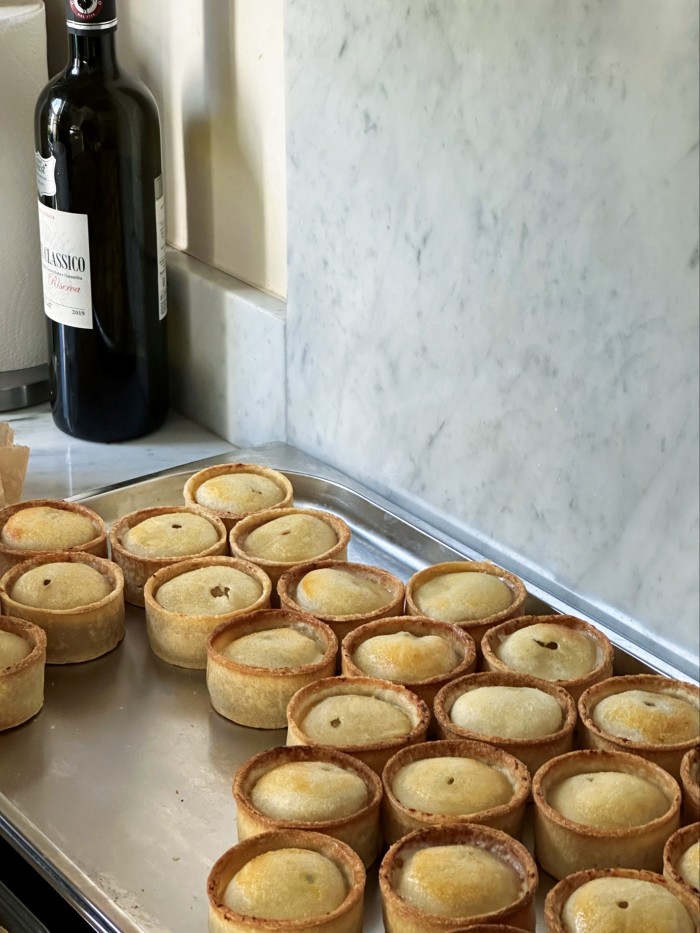
Boyd is just one young creative turning Scottish classics into cool, contemporary offerings. Chocolate brand Coco sells “haggis spiced” dark chocolate with notes of nutmeg, and Jorum Studio makes unconventional, Celtic-inspired fragrances from its studio in Edinburgh: scents include Gorseland and the whisky-infused Spiritcask. Meanwhile, Kestin Hare’s utilitarian menswear brand Kestin takes as its cue Scotland’s industrial past; Dook’s handmade salt soaps look to its coastal landscapes; and jewellers Bonnie Powell and Cecilia Stamp each offer understated adornments that riff on modernist architecture. In Edinburgh, interiors store Bard, which opened last November, sells a curated edit of forward-thinking crafts: take its bright, bold 3D-printed vases by Glasgow maker Wobbly Digital, and abstract-design blankets from textile designer Jeni Allison, who has previously worked with Chanel and Loewe.
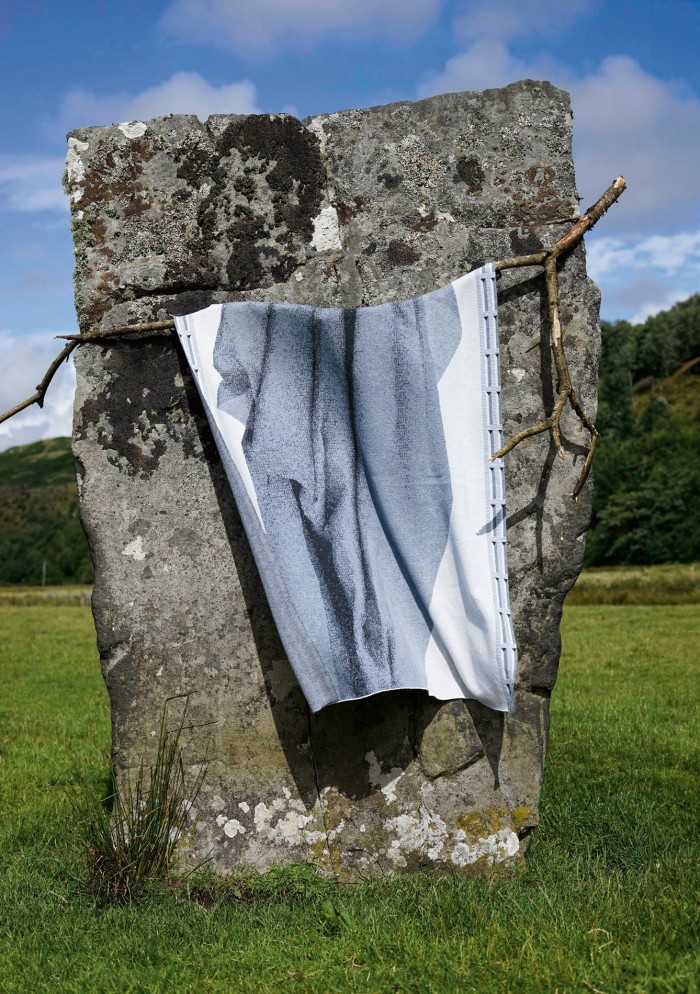
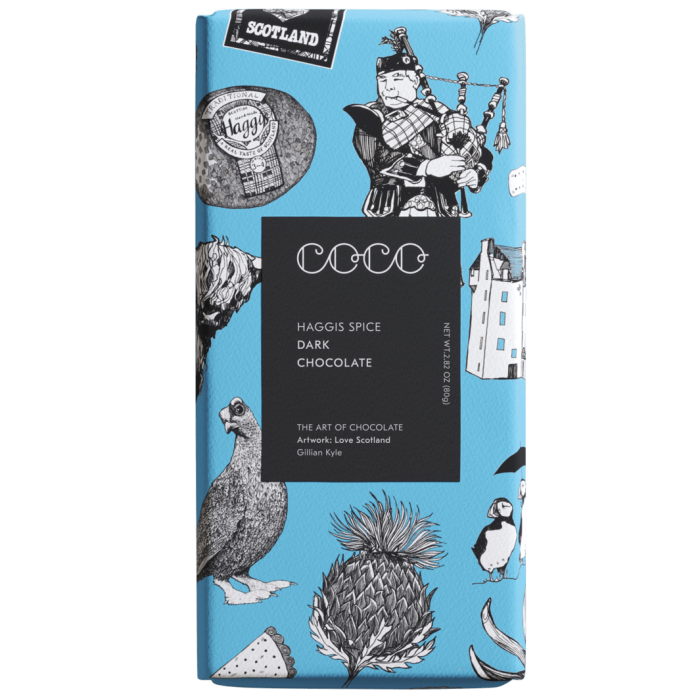
Coco Haggis Spice Dark Chocolate, £5 for 80g
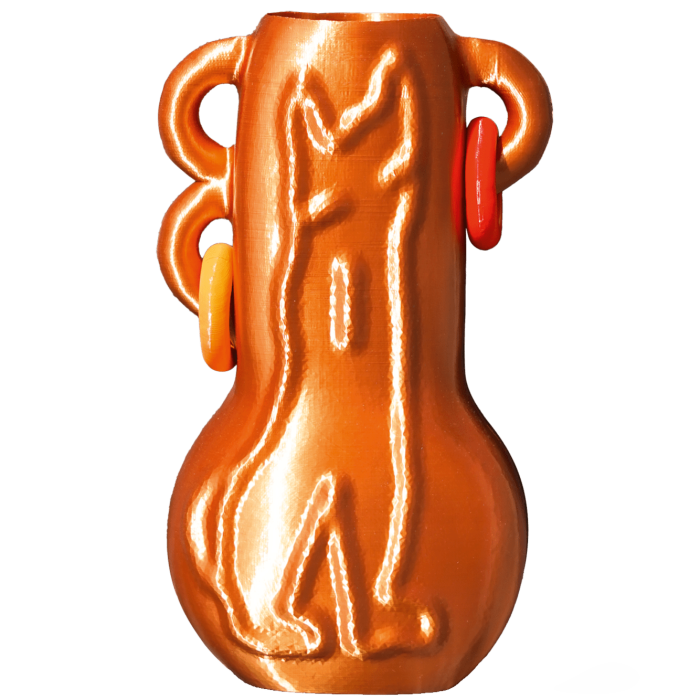
Wobbly digital bioplastic Mr Meow vase, £350, bard-scotland.com
Appetite for all things Caledonian is the result of bubbling cultural trends. Many makers moved back home amid soaring London rents: Clare Coghill, 30, established Café Cùil on Skye after being priced out of Hackney. And the referendum debate ignited a “discussion around identity”, according to Hugo Macdonald, co-founder of Bard. “Not long ago, we were excited at the prospect of globalisation and the wonders of anything being available to anyone anywhere,” he says. The pendulum has swung back towards the more local. “There’s a renewed confidence in Scottishness as something to be proud of on a global stage.” (Boyd agrees, especially when it comes to food. He’s also one of 1.5mn people who’ve signed up to learn Gaelic on Duolingo.)
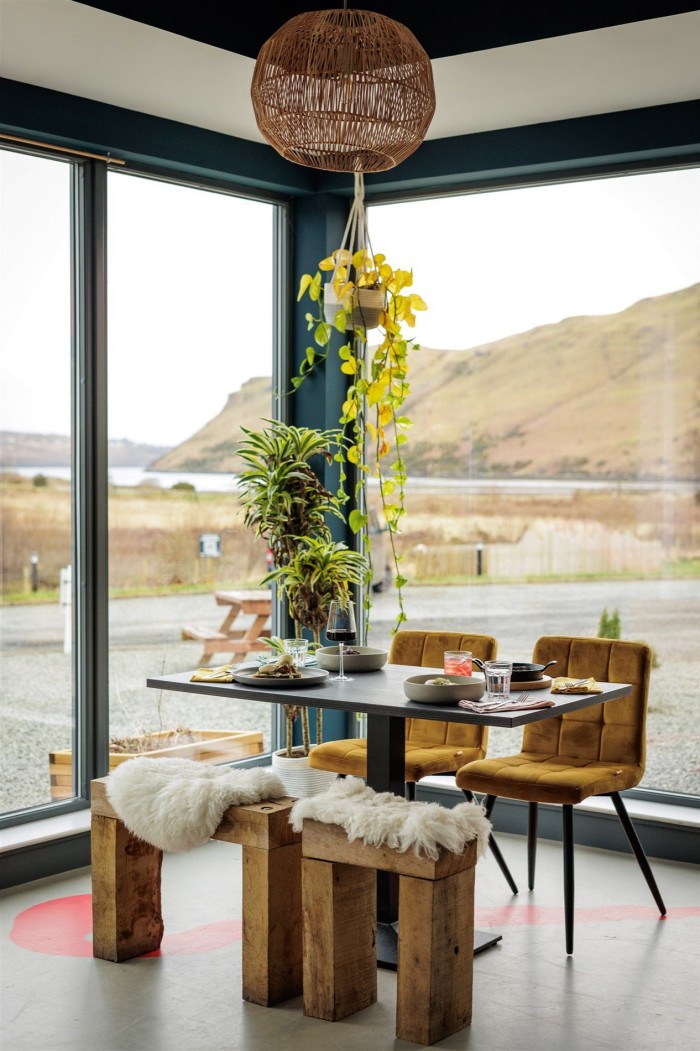
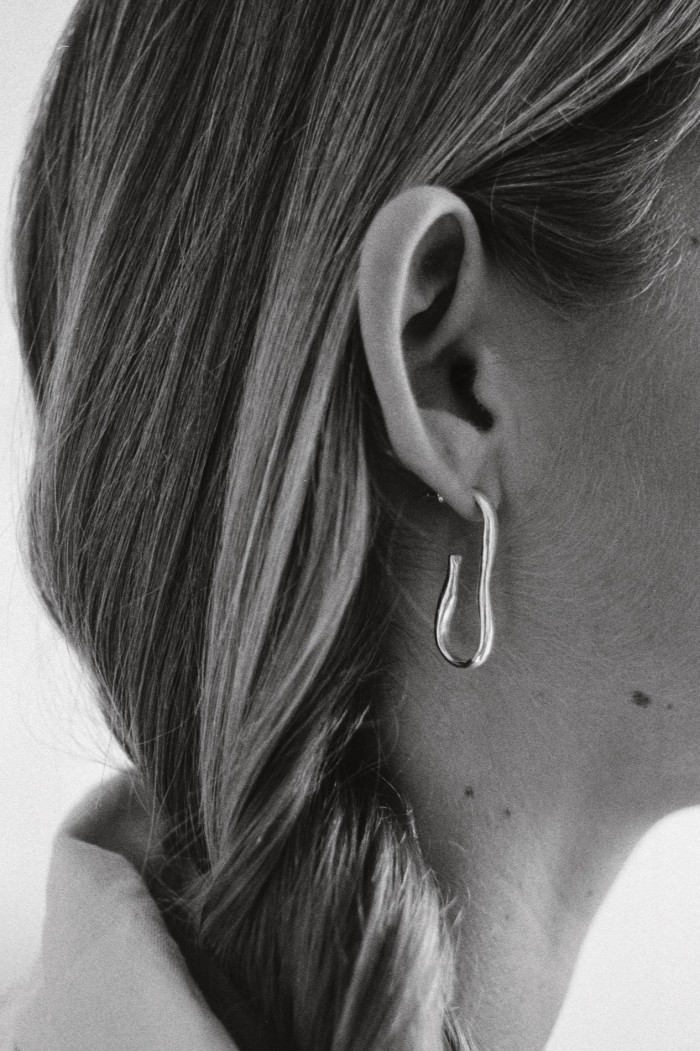
Travellers have forever been drawn to landmarks such as Arthur’s Seat or areas of national beauty such as the Cairngorms, with hotels like The Fife Arms renewing interest. Little surprise, then, that the more fashionable boutique hotels are moving in too. Boath House opened in the Highlands in 2022, and has inspired a uniform collaboration between Toogood and Sessions Arts Club. Next year, The Hoxton will open in Edinburgh, and Soho House in Glasgow. Both sites will be a Scottish debut for the British firms, following international rollouts.

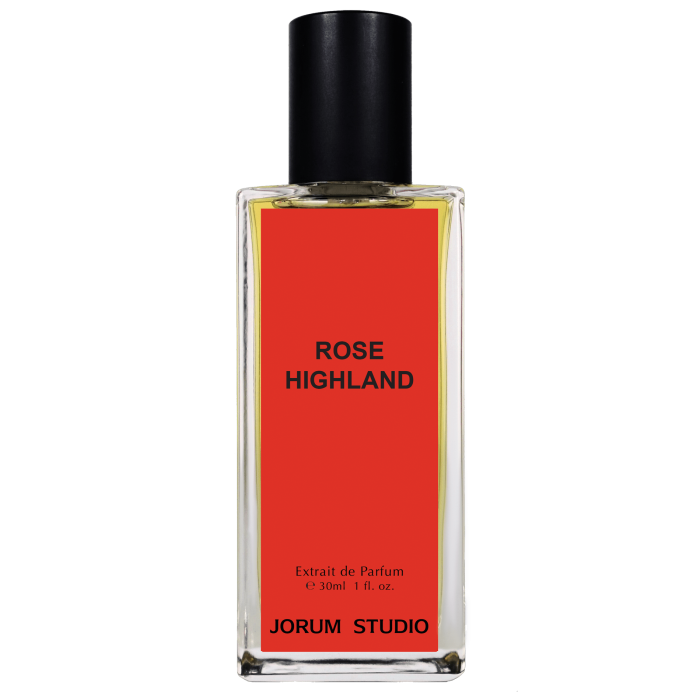
Jorum Studio Rose Highland, £84 for 30ml EDP
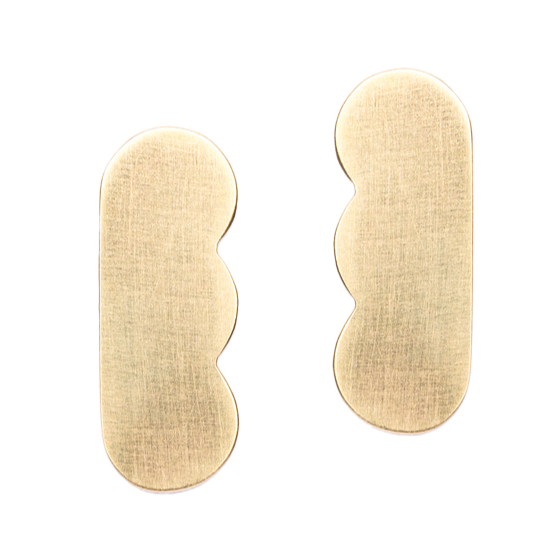
Cecilia Stamp Jewellery recycled gold Corb mini earrings, £390
“Edinburgh has been on our radar for a while now,” says Rob Andrews, The Hoxton’s chief operating officer. “There’s a real sense of Scottish pride among restaurants, creatives and entrepreneurs trying to bring something new – and that, for us, is exciting.” The Hoxton’s Haymarket property comprises “10 stitched-together townhouses”, according to Andrews – and includes three-bed, self-contained residences that will cater to longer-staying guests.
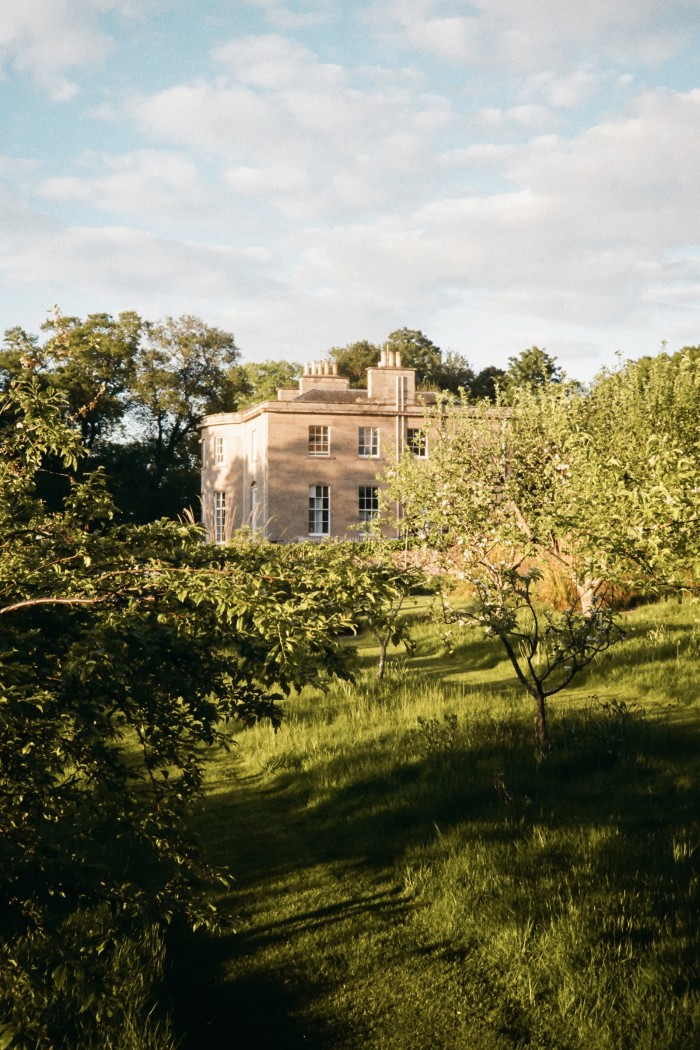
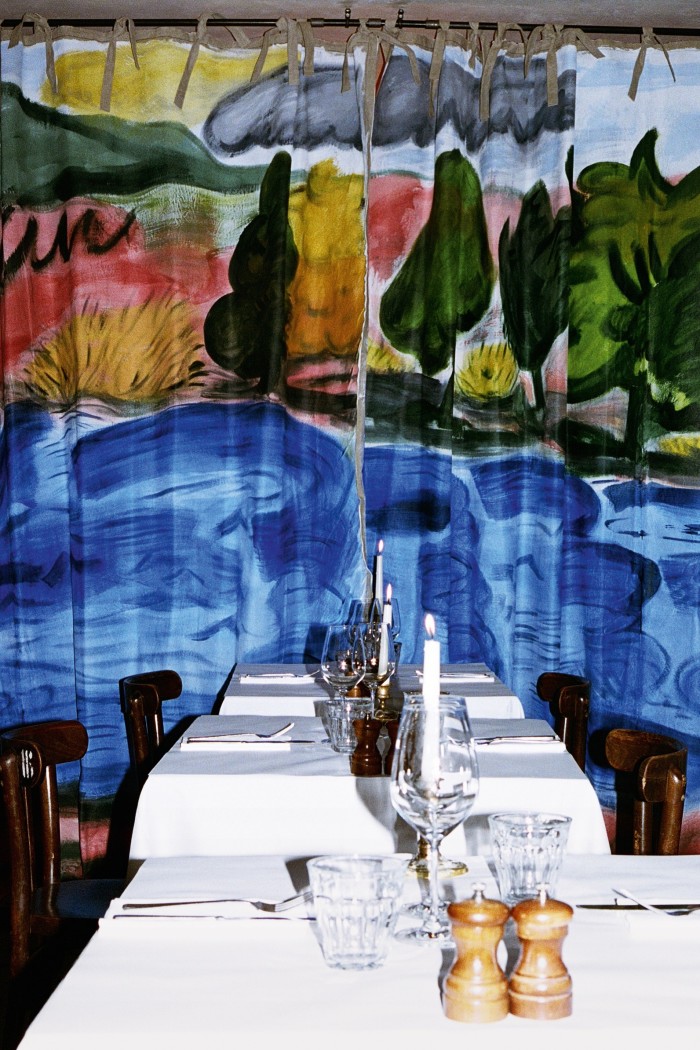
Scotland has also become a year-round destination. Overseas visitor numbers between January to March rose by nearly 30 per cent this year, compared with 2019, with more than half a million international travellers flying in. (Visits to England and Wales remained below 2019 levels.) Traditional emblems – tartan, tweed, whisky, shortbread – are being re-emphasised and sometimes repurposed for a modern audience. Acme Atelier sells muted, made-to-order kilts (from £950) via ecommerce site Old Stone Trade, an e-retailer focused on small artisan producers with a niche skill. Kestin Hare, who formerly worked at Nigel Cabourn and Margaret Howell, now turns Harris Tweed into workwear gilets and Black Watch tartans into cotton chore jackets (£229). His designs riff on the customs of formal dress but he reimagines them as “clothes men want to wear on a daily basis”.

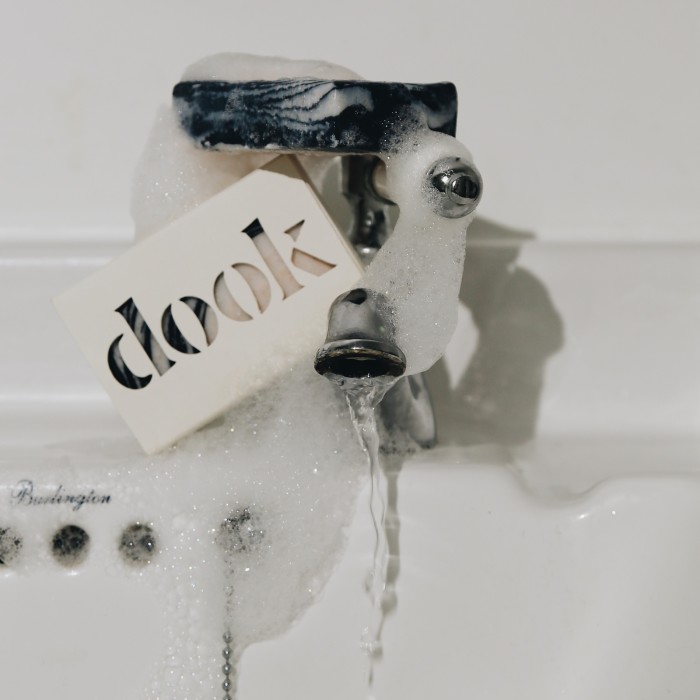
Hare, who grew up in East Lothian, left London in 2010. Operating a creative brand in Scotland has its challenges: graduates “have to go and work elsewhere to get experience”, so the scene is smaller. But he insists it has its benefits. Many Scottish factories didn’t survive the offshoring exodus, but those that remain are specialists in their fields: his cotton socks, made in the Highlands, “rival the best Japanese ones in terms of quality”, he says. His knitwear is made at Esk, a factory in Annan, Dumfries. Scotland is still renowned for its knitwear; Johnstons of Elgin has just celebrated its 225th year.
“What’s wonderful about Scotland is how inclusive this new energy is,” says Helen Atherton, founder of Dook, who has worked with sculpture park Jupiter Artland, ceramicist Borja Moronta, and Lind & Lime Gin on limited-edition soaps and ceramics. “It’s a really small place, everyone knows each other, and everyone benefits from working together.” Plus, she says, Scots are seeking out domestic products. “Folks genuinely want to source regionally now.” Boyd agrees. He’s just returned from a trip to the Hebrides to meet seafood suppliers: watch out for his forthcoming Orkney crab pâté and whisky-smoked salmon. “Scotland’s a blank canvas for reinvention,” he says. “We’ve really got free rein to explore, teach and get people excited.”
Letter in response to this article:

Comments